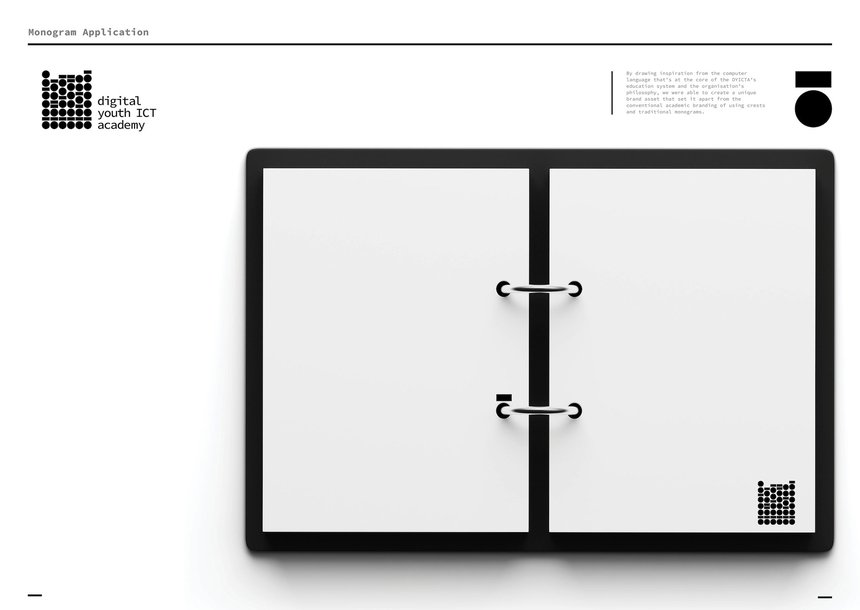Empowering indigenous Australians and allies with a brand celebrating Blak excellence
From birth, the odds are stacked against Indigenous Australians, who don’t see Indigenous role models celebrated on a large scale. Rapper Nooky and R/GA Australia’s Ben Miles talk to us about their platform, We Are Warriors, and explain the organisation owned and run by Indigenous people fixing the imbalance in representation. By putting a spotlight on Blak excellence, We Are Warriors shows younger generations of Indigenous people that the sky's the limit.
Collaborating with allies, organisations, and the world’s biggest brands was key for the movement to reach people and shift the narrative. An important moment came with the launch of WAW’s Blak Powerhouse. The powerhouse opened its doors to over two thousand people on Australian Independence Day, bringing the WAW movement into people’s minds on a chequered day in the country’s history. The branding incorporates the Australian national flag with a bold, fearless colour palette to create visual appeal for young Indigenous kids who want to associate with a socially-conscious, bold design that is unashamedly itself.
























